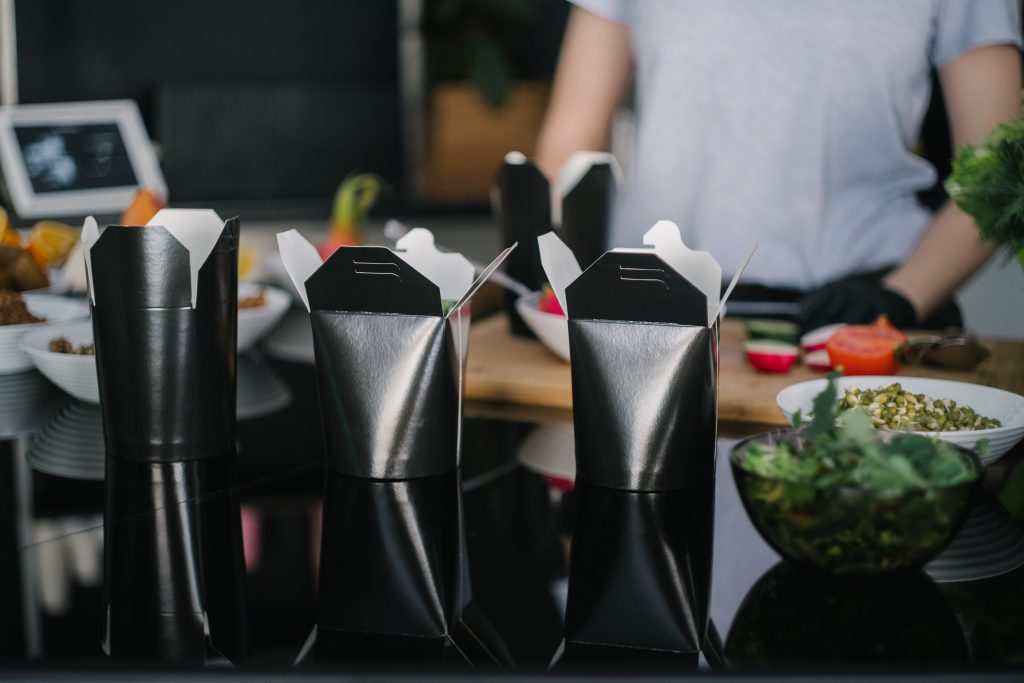How many pounds of food do you think end up in the garbage in the U.S. every year? And how much of that is generated in the food service industry? According to this 2021 guide, around 80 billion pounds of food is thrown away every year along the entire supply chain of a food product – i.e. from agriculture to retail, to hospitality, to private households. And 40 % of the waste comes from restaurants, grocery stores and food service companies.
The fact that this number is too high is certainly not up for debate. But how can you, as a restaurateur, help to reduce this waste? Here are 5 tips on how you can avoid food waste in your restaurant and save money.
#1 Customize your menu and offer different portion sizes
It happens that there is often too much left on the plates with certain dishes. As a first step, it is helpful to rethink portion sizes or even offer different sizes. It also helps to have indications on the menu such as "Enough for 2 people," "For small appetites," or "Perfect for sharing." To find out which dishes are particularly likely to have leftovers on them, talk to your service staff. They can gather feedback directly from the customers and know which dishes need to be adjusted.
#2 Wrap up leftover food
If there is still something left on the plates despite adjusted portion sizes, you can offer your guests to take the leftovers with them in a doggy bag. This will save you money when it comes to disposal, and guests can enjoy the meal later on at home.

#3 Optimize ordering
Of course, it's not just food preparation that plays a part in preventing food waste in the restaurant industry. Waste can also be reduced when purchasing ingredients through good planning and preparation. To do this, you need to analyze your purchasing behavior as well as relevant key figures, such as last year's values or weather forecasts. Which products do you buy most often and from which suppliers? Which food and beverages are currently ordered most frequently by your guests? Digital tools that give you a quick overview provide support for this evaluation.
#4 Ensure proper storage and regular inventory
A well-planned purchase is only helpful if you can also store the food properly. Factors such as temperature, light, hygiene or humidity play an important role. For each food category you should pay attention to the different storing measures in order to reduce waste. In terms of proper storage, the first-in-first-out approach is also a good way to avoid food waste and unnecessary costs. This involves organizing inventory in a way that the products that are stored first, are the first to be used again.
In addition to this, it is advisable that you conduct a regular inventory. This is not only important from a financial point of view, but also provides a good overview of your current stock – which in turn helps to reduce food waste.
In this article you will learn how to approach inventory efficiently and successfully.
#5 Donate food
If you still have some leftover food at the end of the day, there are a few ways to ensure that the excess food doesn't get thrown away. For example, you could partner with charities by donating your leftover food to them. Another option is through digital platforms, where you can offer your leftovers at a discounted price. Some examples include platforms like Too Good To Go or Food For All. This allows you to save food from going to waste and even still earn additional profit.
So, how are you going to reduce food waste in your restaurant?
These tips will help restaurateurs do their part to reduce food waste and save money at the same time. Try implementing the tips in your own business, too.
![→ This is how much food waste costs you every year [Calculator]](https://no-cache.hubspot.com/cta/default/3832494/d60000de-e9ac-4a6a-a65d-6567b0c80e4e.png)